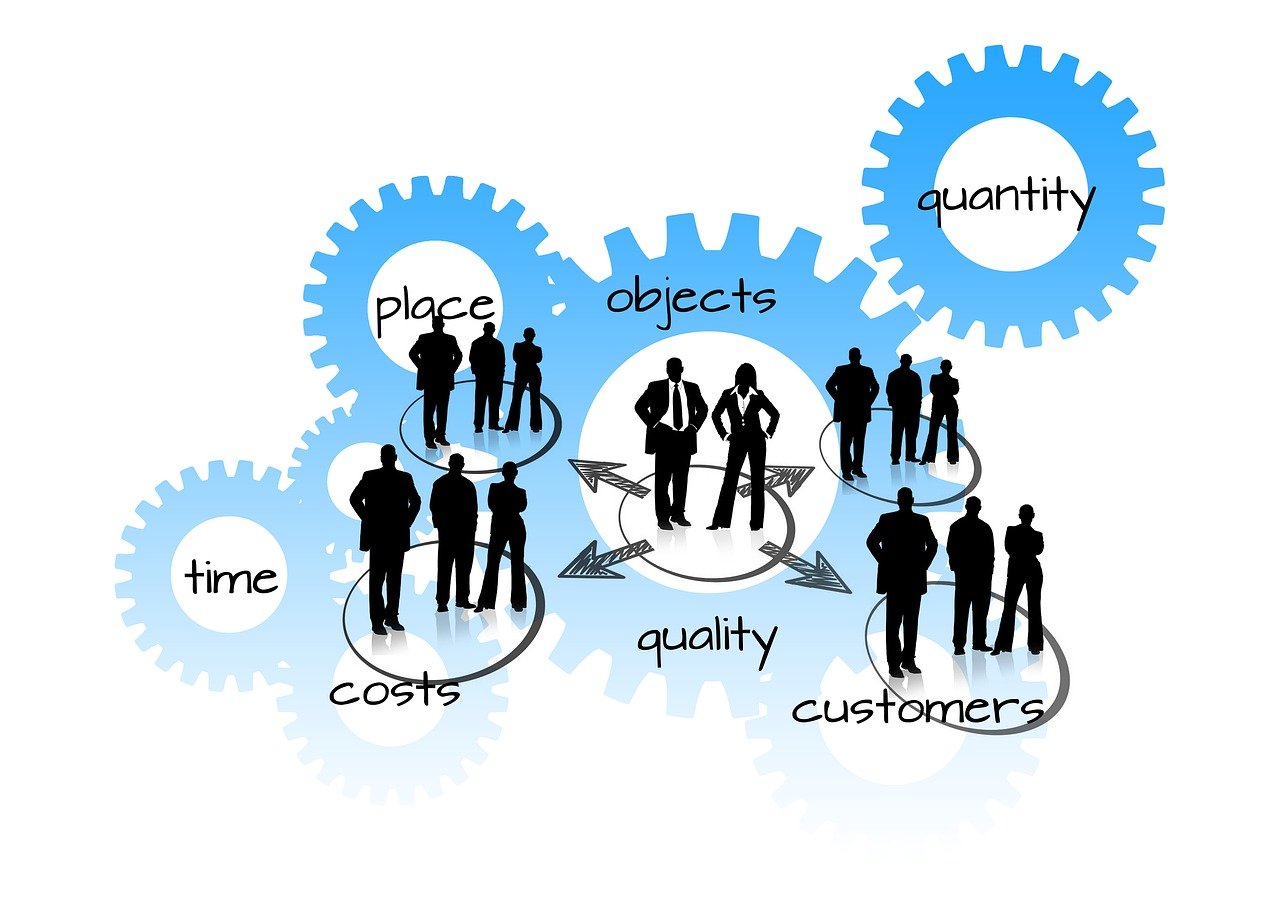How You Will Benefit
Trust is essential for any organization to succeed in today’s increasingly competitive global environment. Research has found that organizations with high levels of trust are more credible, productive, flexible, innovative, and able to adapt to changing circumstances and effectively handle crises.
Organizations with high levels of trust, such as Google, which in 2013 ranked #1 on Fortune Magazine’s list of the best companies to work for, are better able to recruit and retain the best people because they provide an environment that helps employees to do their best work.
Not only is trust essential for an organization, it is essential for individuals, especially those in leadership or managerial positions, because employees will respect and more readily accept the ideas of those they trust. In this program, we’ll learn how trust improves relationships at all levels, and we’ll learn how to exemplify the characteristics and behaviors of a trustworthy person. We’ll look at how your team can embody those traits and ultimately reduce the stress that often results from low levels of trust, improve your reputation, and increase team members’ productivity, innovation, and ability to work effectively with others both within and outside of the organization.
Course Objectives
Successful completion of this course will increase your ability to:
•Assess the level of trust in your organization and your own trustworthiness.
•Be mindful of the results of distrust between employees and within an organization.
•Identify the characteristics that engender trusting employees and organizations.
•Discover the common “trustbusters” and specific actions you can take to prevent their presence in the workplace.
•Explore the ways organizations and teams can build a culture of trust.
•Identify the warning signs of a low-trust organization and how to restore trust when its been lost.
Key Topics Covered
This course explores the following subjects in depth:
•Various perspectives of what it means to trust
•Affect distrust has on employees who do not trust one another and on an organization that is distrusted by employees
•Personal attributes and behaviors that make people and organizations most trustworthy
•Common trustbusters, or the characteristics and actions that create barriers to trust
•Ways leaders can both, set the example, and continue to establish a solid foundation, for trust
•Steps organizations can take to demonstrate and encourage trust at all levels
•Current employee behaviors that indicate a low-trust environment exists or is likely to ensue
•Best practices for organizations to restore the trust that may have been lost
What the Course Offers
•Interactive learning setting
•Opportunity to apply the concepts in a risk-free environment
•Thorough set of materials: Instructor Guide, Participant Guide, classroom PowerPointpresentation, and one-page Learning Summary






